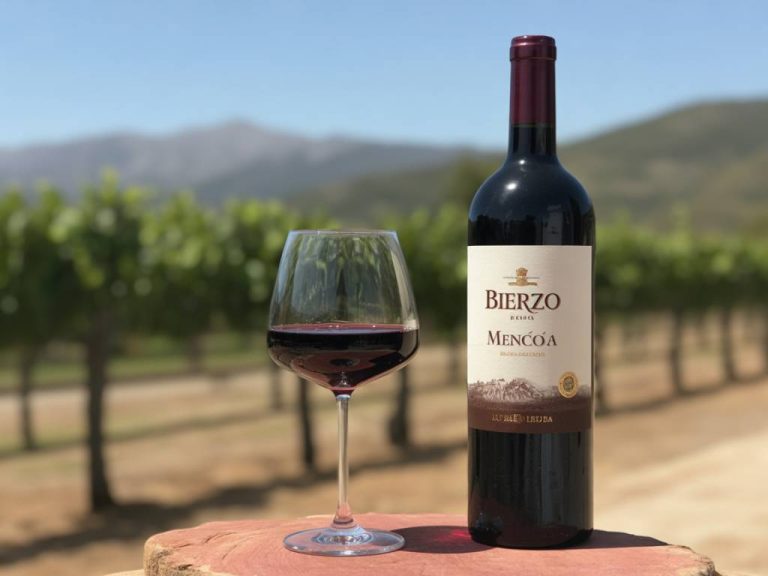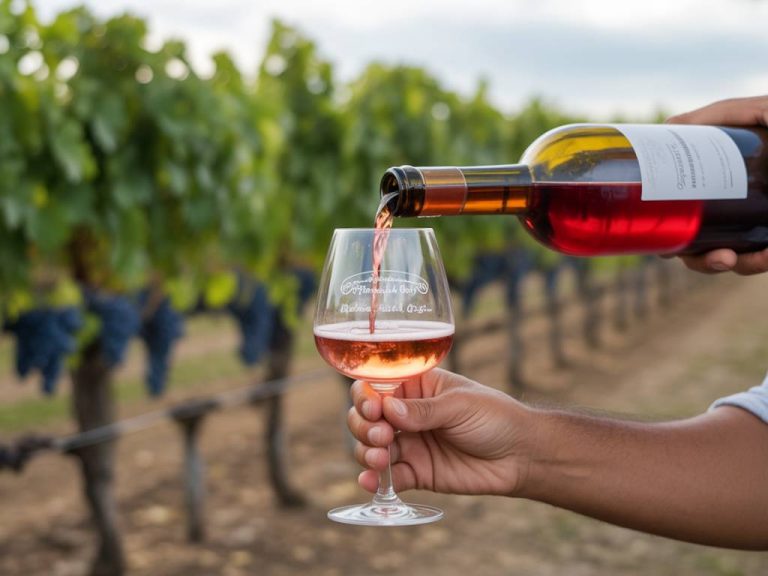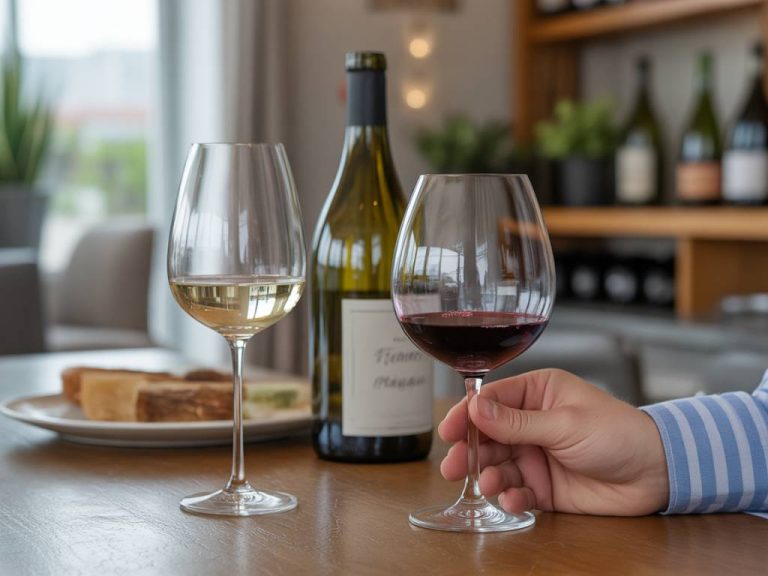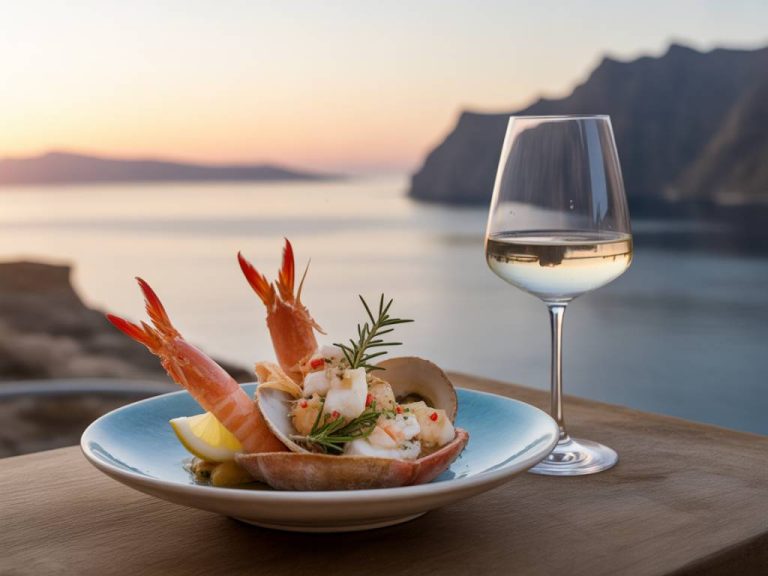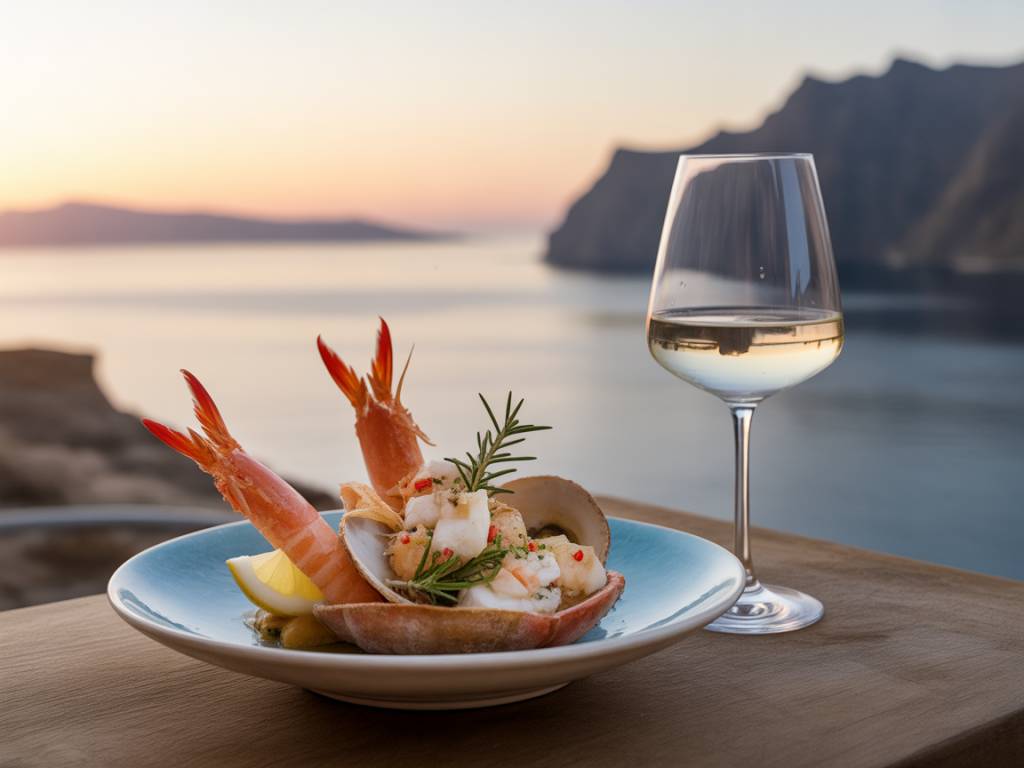
Assyrtiko wine and seafood: Mediterranean harmony in a glass
Meet Assyrtiko: A Greek White with a Salty Soul
Set foot on the sun-soaked island of Santorini, and you’ll meet a wine that could well be the Mediterranean in a glass: Assyrtiko. This indigenous grape has been cultivated here for centuries, trained low to the volcanic soil in woven basket-like shapes known as « kouloura » to protect it from fierce winds and relentless sun. The result? A white wine with razor-sharp acidity, saline minerality, and enough backbone to make it one of Greece’s most thrilling contributions to the wine world.
If you’ve never tried Assyrtiko, think of it as the love child between Chablis and Riesling—with its own gritty, sea-kissed personality. And when it comes to seafood pairings, few wines are more naturally aligned. But let’s get precise. What makes this wine–from one of Europe’s oldest viticultural zones–such a perfect match with the treasures of the sea?
How Volcanic Soils Create a Seafood-Ready Sip
Assyrtiko’s distinctive profile comes largely from Santorini’s volcanic terroir. These soils are poor in organic matter but rich in minerals—particularly sulfur, lava, and pumice. This unique composition contributes to the wine’s hallmark minerality. But what does « minerality » actually mean in a wine?
In the case of Assyrtiko, it translates to a saline, flinty character that doesn’t mask seafood flavors but rather lifts them. If you’ve ever had oysters with a touch of lemon and a sprinkle of sea salt—that’s the sort of synergy we’re talking about here. Wines from older vines (many ungrafted, thanks to Santorini’s phylloxera-resistant soils) add a subtle smokiness and complexity that complements grilled or charcoal-kissed seafood dishes beautifully.
The wine’s high acidity, often preserved even under the baking Greek sun, brings crisp freshness to dishes rich in natural umami—like shellfish or fattier varieties of fish. The end result is balance: no single component overpowers; everything hums in harmony.
Classic Pairings: Simplicity Is Key
When pairing wine with seafood, balance isn’t just ideal—it’s essential. Too often, wines either clash with the delicate flavors of the sea or smother them. Not so with Assyrtiko. Here are a few classic Mediterranean suggestions you can easily recreate at home or seek out at your favorite seafood spot:
- Grilled octopus with lemon and olive oil: A Greek staple, this dish finds its match in the citrus backbone and salinity of a chilled Assyrtiko. Pro tip: choose a bottle with a touch of oak aging if the octopus has been chargrilled for added depth.
- Oysters on the half shell: Few wines outshine Assyrtiko with raw oysters. Its briny notes mirror the ocean, and its crisp acidity cuts right through the oyster’s creaminess.
- Sea bass with fennel and herbs: The freshness of the fish and the subtle anise from the fennel are lifted by Assyrtiko’s laser-sharp acidity and herbal undertones.
The key here is restraint. Mediterranean seafood cuisine rarely relies on heavy sauces or overpowering spices—and that’s why it marries so well with Assyrtiko’s pure, unadulterated character.
Not Just Santorini: Exploring Assyrtiko Beyond the Island
While Santorini is the spiritual home of Assyrtiko, the grape has traveled beyond the island’s volcanic boundaries with compelling results. Grown in northern Greece, on the mainland in regions like Drama or Naoussa, Assyrtiko tends to lose some of its fierce minerality in favor of slightly rounder fruit notes—think white peach and ripe lemon. This opens doors for different kinds of seafood pairings.
- Scallops with cauliflower purée: The softer style of mainland Assyrtiko integrates well with richer, butter-based seafood dishes, easing in with fruitier aromatics and less salt-forward minerality.
- Salmon tartare with citrus segments: That natural zing in the wine works as a flavor amplifier alongside fresh lemon or orange elements in tartare applications.
These styles might not have the same visceral echo of salty waves or hot stones, but they open a wider pairing repertoire, especially if you’re looking to branch out beyond Greek-inspired menus.
Assyrtiko and Aging: When Time Enhances Texture
Although primarily recognized for its youthfully vibrant styles, Assyrtiko has tremendous aging potential. In fact, aged examples can take on characteristics reminiscent of top-tier white Burgundy—honing in on beeswax, lanolin, and roasted nut aromas. These rare, aged Assyrtikos are game-changers for pairing with richer seafood options.
- Lobster with drawn butter or lemon beurre blanc: Aged Assyrtiko’s broader palate and subtle oxidative notes provide a mirror for the luxurious texture of lobster meat and buttery accompaniments.
- Black cod with miso glaze: Ok, not Greek, but bear with me. Aged Assyrtiko can meet umami-heavy preparations halfway without losing composure, especially when that saltiness and body still linger beneath the refinement.
Curious to explore these older vintages? Seek out producers like Gaia, Hatzidakis, or Argyros, who craft age-worthy bottlings that showcase the grape’s hidden dimensions.
Beyond the Plate: A Wine That Captures Place
Ask any seasoned sommelier what makes a wine unforgettable and you’ll quickly land on a common thread: sense of place. With Assyrtiko, that sense is palpable. From the moment the cork is pulled, you’re transported—to rocky terraces, sea-sprayed cliffs, and the whispering hush of wind through ancient vines.
That’s why tasting Assyrtiko with seafood isn’t just about the culinary fit. It’s a story told in flavor. The fish grew in the same waters that influence the wine. The lemon squeezed on top might resemble the acidity in the glass. The olive oil? It matches the wine’s supple texture and Mediterranean soul. It all adds up to a tasting experience grounded in terroir and culture—a harmony between what’s on the plate and what’s in the glass.
If you’ve ever felt disconnected sipping wine thousands of miles away from its origins, Assyrtiko with seafood brings it all back home—no plane ticket required.
Tips for Serving Assyrtiko the Right Way
To get the most from your Assyrtiko and seafood pairing, keep a few serving principles in mind:
- Temperature matters: Serve it slightly warmer than fridge-cold, around 50–54°F (10–12°C), to coax out the textured aromas and minerality.
- Use the right glassware: A white wine glass with a narrower bowl is fine, but if you’re pouring a barrel-aged or older bottling, opt for something with a wider bowl to allow development.
- Decant with caution: Young and vibrant? Straight from the bottle. But if you’ve got a bottle aged more than 7 years, a brief decant—30 minutes or so—can help unfold its secondary notes.
Experimentation is your friend here. Assyrtiko is flexible, but not ubiquitous, which makes it all the more rewarding when you find that perfect pairing—where each bite and sip work in tandem.
Where to Start: Bottles Worth Trying
Curious to bring this pairing into your kitchen? Here are a few producers that reliably deliver high-quality Assyrtiko suitable for seafood adventures:
- Estate Argyros “Santorini”: Pure, linear and mineral-driven. A benchmark bottle.
- Gaia “Thalassitis”: Named after the ancient Greek word for the sea, this bottle earns its title with a briny, flinty core built for oysters and shellfish.
- Hatzidakis “Cuvee 15”: A biodynamic approach adds texture and earthy nuance, excellent with grilled seafood and olive oil drizzles.
- Sigalas Barrel-Fermented Assyrtiko: For those seeking a richer style without losing that marine sharpness—fantastic with lobster or scallop risotto.
These wines are increasingly available in the U.S., thanks to a growing interest in Greek varietals. Ask your local wine shop, or better yet, plan a dinner around one. You might be surprised how often “That was perfect!” winds up being the common refrain.
Assyrtiko may not be the first white wine that comes to mind when pairing with seafood—but maybe it should be. It’s got the acidity, it’s got the mineral cut, and above all, it’s got a story to tell. All that’s left is to pour a glass, sear something from the sea, and see where the pairing takes you.
